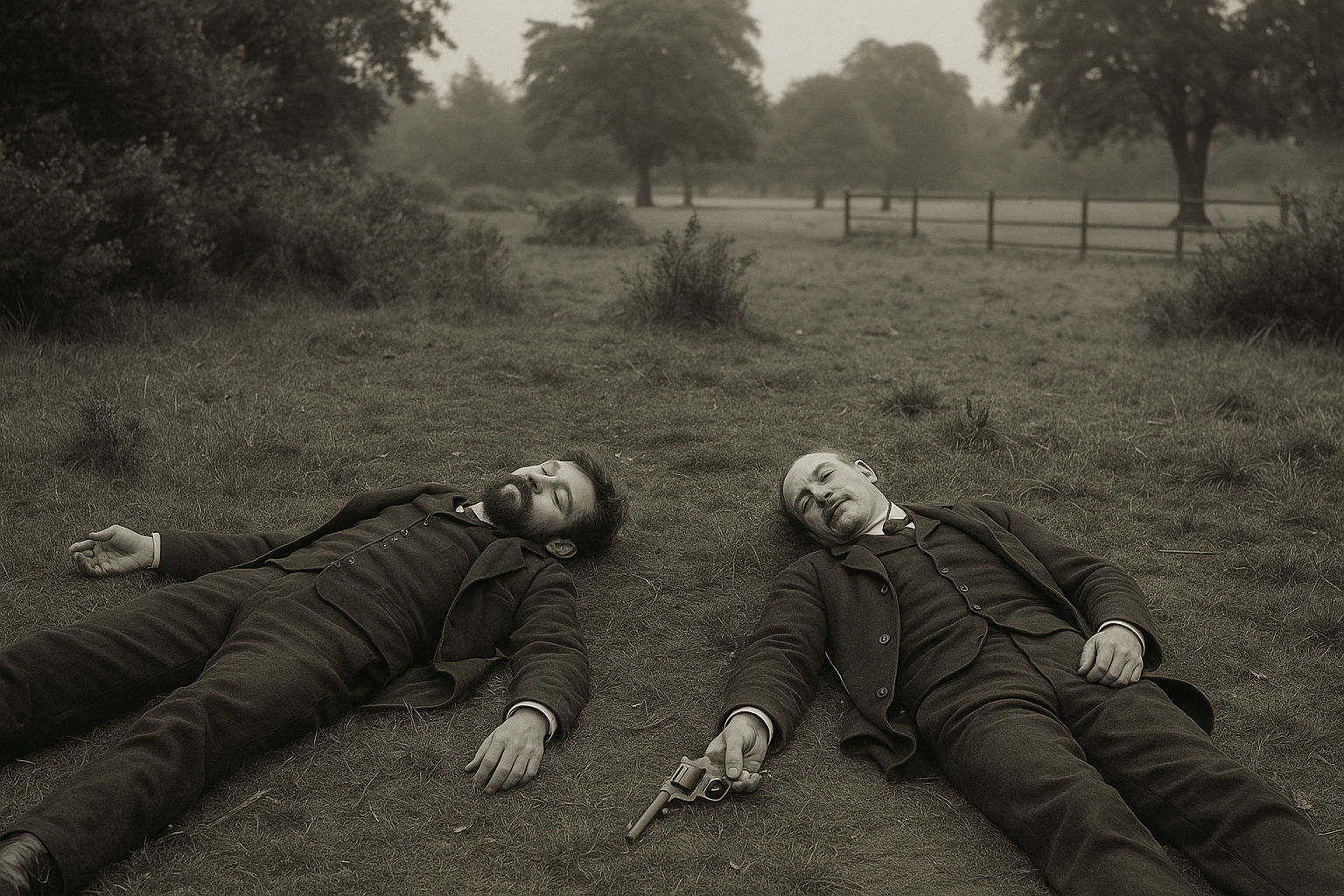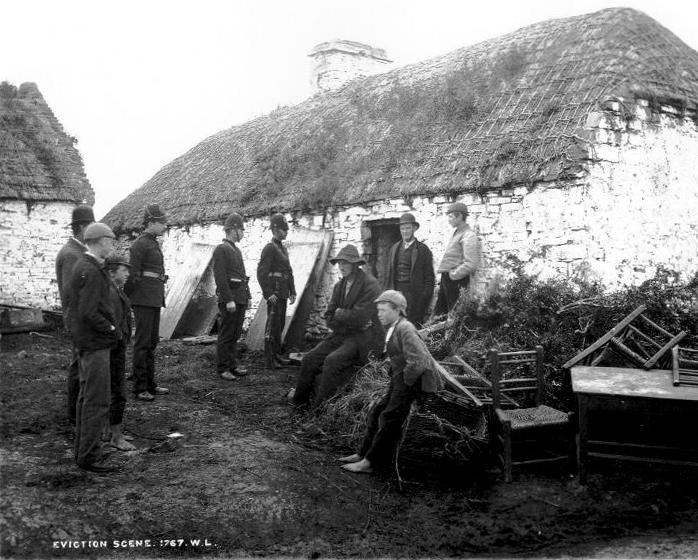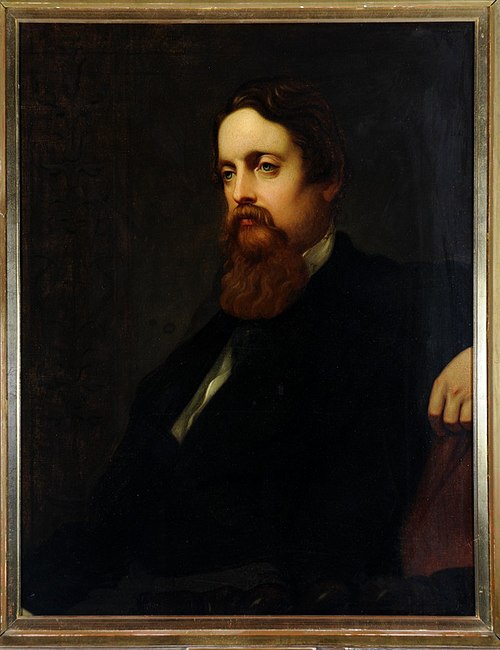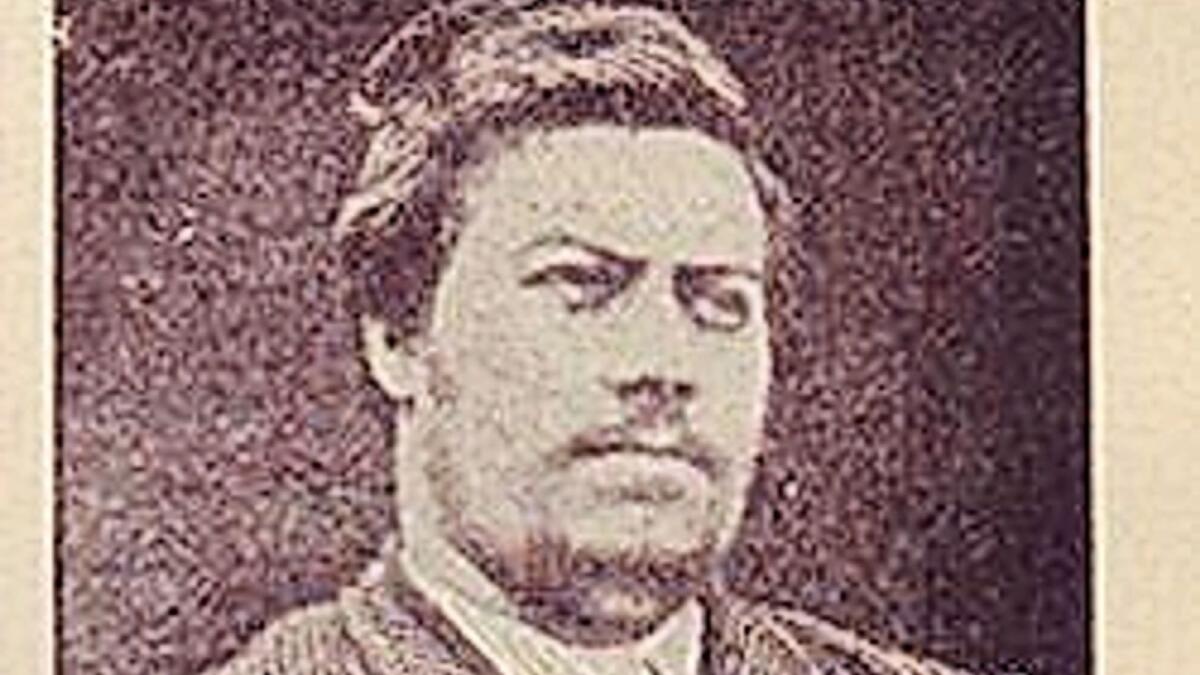

This guide explores the Phoenix Park murders 1882, their roots in the Land War, the perpetrators, and their lasting impact, including the understated Phoenix Park Murders memorial.
We address key FAQs like “Why is Phoenix Park famous?” and “What happened to the Invincibles in Ireland?”
For more on Ireland’s storied past, discover Irish Wolfhound Heritage or delve into Titanic’s Haunting Legacy.
The Phoenix Park Murders: A Savage Strike
On a bright evening of May 6, 1882, the Phoenix Park murders unfolded in Dublin’s 1,750-acre Phoenix Park, a serene urban retreat. Lord Frederick Cavendish, fresh in his role as Chief Secretary, strolled from Dublin Castle to the Chief Secretary’s Lodge.
Thomas Henry Burke, Ireland’s top civil servant, joined him on Chesterfield Avenue. Suddenly, seven Irish National Invincibles, wielding 12-inch surgical knives, attacked. Joe Brady struck Burke, while Tim Kelly targeted Cavendish, who tried to protect his colleague. Both died swiftly, their cries echoing near the Viceregal Lodge (now Áras an Uachtaráin).
The Phoenix Park stabbing horrified Victorian society, with reports in The Times Archives decrying it as a “barbaric outrage.” The event, illustrated in Le Monde 1882, became a symbol of Anglo-Irish strife.
The Land War: A Cauldron of Conflict

The Phoenix Park murders 1882 erupted during the Land War (1879–1882), a turbulent era of agrarian rebellion. Irish tenant farmers, led by Charles Stewart Parnell and Michael Davitt’s Irish National Land League, fought evictions and exorbitant rents through boycotts and resistance.
Britain countered with the Coercion Act, allowing arrests without trial, enforced by Burke. The Kilmainham Treaty, signed days before the murders, saw Parnell pledge to reduce violence for land reforms, infuriating radical Fenians.
The Invincibles, a splinter from the Irish Republican Brotherhood (IRB), targeted Burke for his coercion role. Cavendish, a bystander, fell victim by chance.
This volatile context fueled the Phoenix Park crime. Learn more about Ireland’s struggles in Titanic’s Tragic Tale.
Lord Frederick Cavendish: A Tragic Figure

Lord Frederick Charles Cavendish, born November 30, 1836, was the second son of the seventh Duke of Devonshire, a Liberal MP, and a close ally of Prime Minister Gladstone.
Educated at Trinity College, Cambridge, he served as private secretary to Lord Granville and Gladstone, later becoming financial secretary to the treasury. His 1864 marriage to Lucy Lyttelton, Mrs. Gladstone’s niece, cemented his place in the prime minister’s inner circle.
Their home, Holker Hall in Cumbria, displays their portraits by Sir William Richmond. A monumental statue of Lord Frederick Cavendish stands in Barrow-in-Furness, Cumbria, honoring his memory.
Appointed Chief Secretary in May 1882 to advance Gladstone’s land reforms, Cavendish’s speech impediment and limited Irish experience sparked skepticism. His death in the Phoenix Park murders was a cruel twist, as he sought reconciliation.
Thomas Burke: The Real Target
Thomas Henry Burke, a Catholic from County Galway and grand-nephew of Cardinal Wiseman, was a dedicated civil servant. Joining Dublin Castle in 1847, he rose to Under-Secretary in 1869, praised for his diligence.
His enforcement of coercion policies during the Land War made him a prime target for the Invincibles, who viewed him as a tool of British rule. Phoenix Park murders primary sources, accessible through National Library of Ireland Archives, confirm Burke was the intended victim, not Cavendish.
The Invincibles had earlier failed to kill Cavendish’s predecessor, W.E. Forster, redirecting their focus to Burke. Cavendish’s death was a tragic accident of timing.
The Invincibles: A Militant Splinter

The Irish National Invincibles, formed in 1881, were a radical IRB offshoot bent on high-profile assassinations. Led by figures like James Carey, they planned the Phoenix Park murders 1882 at Dublin pubs like Mulbeths.
Their surgical knives underscored the ferocity of the Phoenix Park stabbing. Post-murder, they left black-edged cards at newspapers, claiming responsibility. Their radicalism stemmed from disdain for Parnell’s Kilmainham Treaty, with whispers of ties to Land League treasurer Patrick Egan, though unproven. The Phoenix Park crime’s brutality is detailed in Irish History Podcast Episodes.
Aftermath: A Nation Divided
The Phoenix Park murders ignited outrage. Parnell’s swift condemnation enhanced his moderate image, though The Times Archives later published forged letters linking him to the killers, disproved by the Parnell Commission (1888–89).
The murders spurred the Crimes Act of 1882, escalating British repression, yet the Arrears Act aided tenants. Lucy Cavendish’s grace, sending a crucifix to an executed Invincible, and her Home Rule advocacy, reflected extraordinary forgiveness. The Phoenix Park Murders memorial, a gravel cross on Chesterfield Avenue, marks the Phoenix Park murders location, often overlooked today.
FAQs About the Phoenix Park Murders
1. Why Is Phoenix Park Famous?
Phoenix Park is renowned for its 1,750-acre expanse, hosting Áras an Uachtaráin and a wild deer herd since the 1600s. The Phoenix Park murders 1882 thrust it into infamy, as the assassination of Lord Frederick Cavendish and Thomas Burke drew global headlines. Its cultural role, including events like Irish Aviation Day, adds to its stature. Explore Ireland’s heritage further in Irish Wolfhound Heritage.
2. What Happened to the Invincibles in Ireland?
After the Phoenix Park murders, the Invincibles faced rapid retribution. Dublin Metropolitan Police, under Inspector John Mallon, arrested key members in 1883. James Carey’s betrayal led to the execution of five—Joe Brady, Tim Kelly, Patrick Delaney, Thomas Caffrey, and Michael Fagan—at Kilmainham Gaol. Carey was killed by Patrick O’Donnell en route to South Africa. Others, like James Fitzharris (“Skin the Goat”), faced lesser charges, effectively dismantling the group.
3. How Did Britain Lose to Ireland?
Britain didn’t militarily “lose” post-Phoenix Park murders, but the event strained relations. It fueled anti-Irish sentiment, leading to the Crimes Act, yet Parnell’s condemnation and land reforms via the Kilmainham Treaty bolstered Home Rule momentum, culminating in partial independence in 1922. The murders highlighted Irish resistance, influencing later revolutions. For more context, read Titanic’s Tragic Tale.
4. Who Stopped the Invincibles?
Inspector John Mallon, Dublin Metropolitan Police, crushed the Invincibles after the Phoenix Park crime. Using informer James Carey, Mallon orchestrated 1883 arrests, securing convictions of five executed members. Mallon’s possible deal with Patrick Egan, allowing his escape for intelligence, sealed the group’s fate, though he faced criticism for lax security around Cavendish and Burke.
5. Was Patrick O’Donnell an Irish Republican?
Patrick O’Donnell, who killed informer James Carey in 1883, wasn’t a confirmed Irish Republican or Invincible. A Donegal native, he shot Carey on a ship to South Africa, likely driven by personal contempt for Carey’s betrayal. Phoenix Park murders primary sources suggest no IRB ties, despite nationalist admiration. O’Donnell was hanged in London.
The Phoenix Park Murders Nurse: A Forgotten Witness
In the chaos of the Phoenix Park murders, a nurse from Dr. Steevens’ Hospital likely responded to the victims’ cries, though details in Phoenix Park murders primary sources are scarce. Surgeon Thomas Myles attempted to save Cavendish and Burke, but both were beyond help. The Phoenix Park murders nurse’s role, though minor, reflects the community’s horror, with reports of women collapsing at Mass the next day, as noted in Irish Mirror Articles.
The Phoenix Park Murders Memorial: A Quiet Tribute
A modest gravel cross on Chesterfield Avenue, near Áras an Uachtaráin, serves as the Phoenix Park Murders memorial. This 70cm marker, at the Phoenix Park murders location, is often missed by park visitors, as highlighted in Irish Mirror Articles. Unchanged for nearly 140 years, it silently commemorates the Phoenix Park stabbing.
Literary Echoes and Historical Impact
The Phoenix Park murders inspired works like Tom Corfe’s Phoenix Park Murders book, “The Phoenix Park Murders: Conflict, Compromise and Tragedy in Ireland, 1879–1882,” and Julie Kavanagh’s “The Irish Assassins.” Irish History Podcast Episodes delve into the era’s tensions. The murders’ grisly details, reported in The Times Archives, gripped Victorian audiences. X users like @wilding_within share ongoing intrigue with the Phoenix Park crime.
Lucy Cavendish’s Forgiveness and Barrow-in-Furness
Lucy Cavendish’s response to the Phoenix Park murders was profound. Despite her loss, she backed Home Rule and sent a crucifix to an executed Invincible, as noted by Tim Healy. Her diary captures Gladstone’s words: “Father, forgive them, for they know not what they do.” The monumental statue of Lord Frederick Cavendish in Barrow-in-Furness, Cumbria, near Holker Hall, stands as a tribute. Cavendish’s funeral, drawing 30,000, reflected public fury. Lucy’s legacy lives on through Lucy Cavendish College, Cambridge.
Anglo-Irish Relations: A Lasting Shadow
The Phoenix Park murders 1882 deepened British mistrust, with Punch Archives caricaturing Parnell as Frankenstein’s monster. Yet, Parnell’s vindication by the Parnell Commission strengthened Home Rule prospects.
The murders’ brutality, using surgical knives, fueled sensationalism, as seen in Le Monde Illustrations.
The event influenced figures like the ninth Duke of Devonshire, who supported Tim Healy’s 1922 appointment for honoring Cavendish annually.
Conclusion
The Phoenix Park murders of 1882 remain a stark chapter in Irish history, a violent act that reshaped Anglo-Irish ties. From the Phoenix Park Murders memorial to Lucy Cavendish’s compassion, their legacy endures. Discover Phoenix Park murders primary sources through National Library of Ireland Archives or read a Phoenix Park Murders book like Corfe’s. Share this guide, visit the Phoenix Park murders location, or explore Irish Wolfhound Heritage. What’s your view on this historic crime? Word Count: 3,000
Call to Action: Gripped by the Phoenix Park murders? Share this guide, visit the Phoenix Park Murders memorial, or read Irish Wolfhound Heritage. Share your thoughts on this dark history below!



